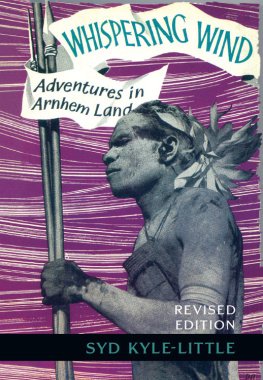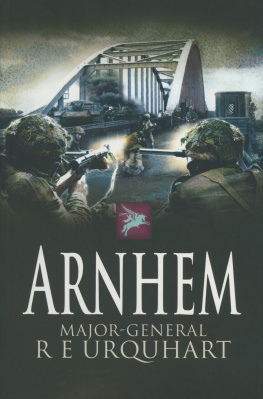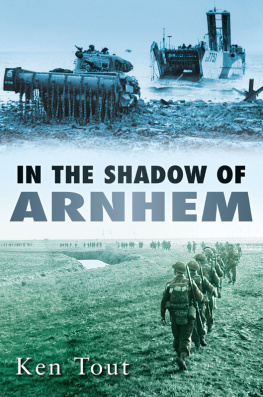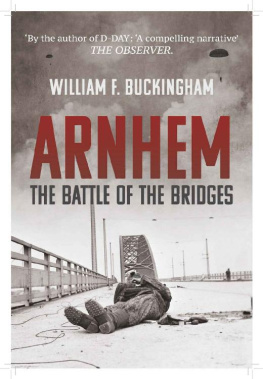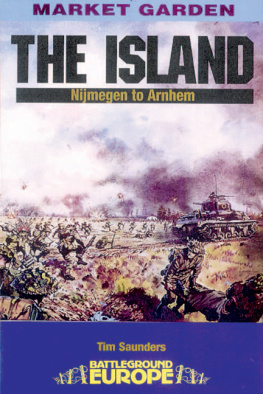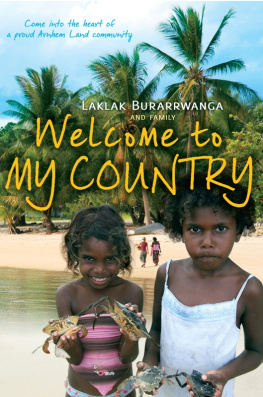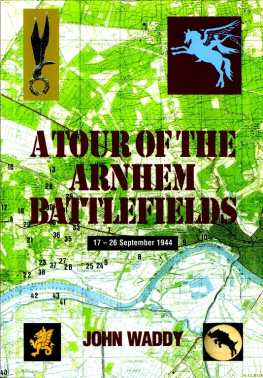The War that was Called an Emergency
Syd Kyle-Little
It is a bad thing perhaps to wonder too much about anything, but it is especially and undeniably so, to wonder too much about ones self. Yet as I look back on my life, I wonder how and why it was that I survived, for I have led no ordinary life.
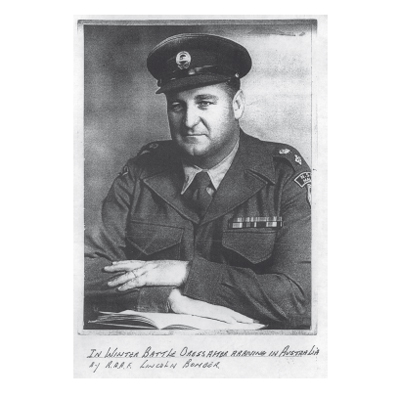
Syd Kyle-Little left behind a manuscript of his experiences in Malaya with the British Army in the 1950s. We are currently editing this amazing untold story of the British at war in Malaya and expect it will be available in late 2015.
To reserve your copy please email the publisher:



This edition published 2014 by Longueville Media
for Marianne Lila Kyle-Little
PO Box 205 Haberfield NSW 2045 Australia
www.longuevillemedia.com.au
T. 02 9362 8441
First published 1957 by Hutchinson & Co. Ltd, London
Reprinted 1957
Updated 1993 by Boolarong Publications
This edition: 2014
Copyright Marianne Lila Kyle-Little 2014
All rights reserved. No part of this publication may be reproduced or transmitted in any form or by any means, electronic or mechanical, including photocopying, recording or by any information storage and retrieval system, without the prior permission in writing from the copyright holders.
National Library of Australia Cataloguing-in-Publication entry
Author: Kyle-Little, Syd, author.
Title: Whispering wind : adventures in Arnhem land / Syd Kyle-Little.
Edition: ebook
ISBN: 978-1-920681-85-2 (ebook)
Subjects: Kyle-Little, Syd.Aboriginal AustraliansNorthern TerritoryArnhem Land._Arnhem Land (N.T.)Description and travel.
Dewey Number: 994.295
Digital edition distributed by
Port Campbell Press
www.portcampbellpress.com.au
Conversion by
TO
MY FATHER
who taught me about the Australian bush Whispering Wind is the translation of the name Marlenemar given to the author by the Aborigines
Contents
The Founding of Maningrida, Jack Doolan

1946: Beginning June 21 Milingimbi circuit
- Depart Milingimbi (via canoe)
- Arnhem Land
- Yarunga River
- Walked over salt pans, and open plain country towards the Blyth River
- Blyth River upstream to Koepanger Creek (met Mahrdei)
- Retraced steps to Blyth River
- Cape Stewart (cut inland behind Cape Stewart to canoes)
- Back to Milingimbi (no date given, but sick for four days)
1946: Beginning November 27 Milingimbi to Oenpelli
- Depart Darwin (on the lugger Larrapan)
- Goulburn Island (December 3)
- Transferred to Aerroeta
- Entrance Island, transferred to two dugout canoes and headed south to Arnhem Land
- Liverpool River
- Muralidaban Creek
- Muralidaban
- Continuing on the Liverpool River
- Cuthbertson Falls, later expedition confirms error in assuming this actually was Cuthbertson Falls (December 12)
- Havelock Falls
- Escarpment: Devil Devil Gorge
- Back to Liverpool River, Billabongs and Marhdeis camp
- Nunbalgarri Creek
- Nimbuwah, north-east of Oenpelli (December 24)
- Oenpelli (December 26)
- Oenpelli to Cannon Hill (January 18, 1947)
- Boarded Derna (January 20)
- Darwin, 300 miles in total (January 22)
1949: Beginning January 16 Milingimbi to Mainoru
- Darwin to Milingimbi by air (January 16)
- Milingimbi to Yarunga River, 5 miles upriver, beached canoes and headed for Blyth River (January 19)
- Blyth River (January 22)
- Cuthbertson Falls (February 6)
- Havelock Falls and Cadel River (February 16)
- Wilton River (February 26)
- Bulman Waterhole (February 27)
- Mainoru, 200 miles in total (February 28)
Arnhem Land A Brief History
The Arnhem Land Region occupies an area of about 97,000 square kilometres of forests and spectacular rivers and gorges in the northeastern corner of Australias Northern Territory. It sits adjacent to the famous Kakadu National Park, the 19,800 square kilometre UNESCO World Heritage Listed site.
The regions name comes from the Dutch East India Company ship Arnhem, which sailed into the Gulf of Carpentaria under Captain William van Colster in 1623. He named Cape Arnhem after his ship, which itself was named after the city of Arnhem in the Netherlands. The name was later adopted for the region as a whole.
Declared an Aboriginal Reserve in 1931, Arnhem Land is one of the largest Aboriginal Reserves in Australia. Apart from its spectacular landscapes, it is best known for the art and culture of its indigenous inhabitants, who have lived in the region for up to 40,000 years. In 2010, a Monash University archaeology team discovered the oldest-known stone axe, which was dated at 35,500 years old.
The major centres are Jabiru on the Kakadu National Park border, Maningrida at the mouth of the Liverpool River, and Nhulunbuy also known as Gove on the Gove Peninsula in the northeast corner.
Non-indigenous people are not allowed entry without express permission.
Arnhem Land has a tropical monsoon climate with a wet season running from October to March, and a dry season from April to September. Temperatures generally range from nighttime lows of 15 degrees Celsius in the dry season to daily-time highs of 33 degrees Celsius in the wet season.
My Husband
A soldier, father, a proud Australian, whose heritage dated back to the Crimean war, Sydney had a strong Irish heritage, but Australia was his love, and his connections with Aboriginal Australia the centerpiece of his life.
Sydney had a commanding presence about him, he feared nothing, not even death. He was awarded many medals for bravery and took many risks, yet lived a full and happy life to age 93. He was content in his latter years seeing his children and grandchildren grow and prosper. He loved his trackers Oondabund and Narleeba. They would visit him in his twilight years. He was so proud of them.
We married on the 13th of December 1956 and raised four sons: Simon, Clinton, Scott and Damien. Sydney could put his hand to anything, his mottos never say never and there is no such thing as cant were never far from his side. He explored Arnhem Land and documented unknown tribal lands. He served in two militaries Australian and British retiring a Colonel and entered civilian life. The corporate world in some ways created his greatest challenge, he rose to that task as always, and returned to Australia with his young family in 1968, where we raised our children.
His final wish will be fulfilled on 10th July, 2014 when his ashes will be laid to rest between his two beloved trackers Oondabund and Narleeba, at Nadilmuk, Juda Point, on the coast of Arnhem Land close to Maningrida. It was there in 1946 Sydney met his two trackers. His lifelong commitment to them and Aboriginal Australia happened at this historic moment.

